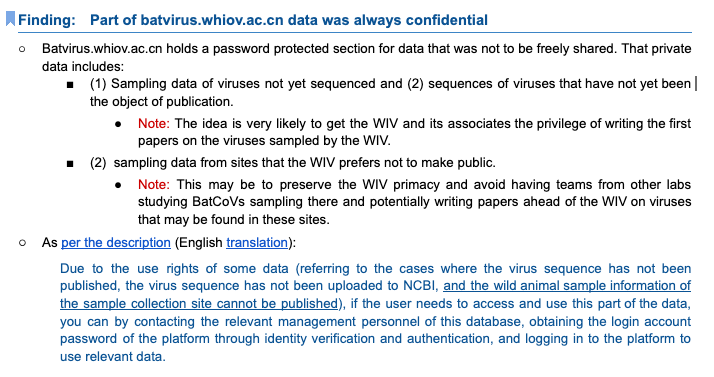-
@janeqiuchina @scotub It is not a good point but a misrepresentation, @janeqiuchina
MIGHT in English is for definitely less than 50% - typically 30% or less.
High/good probability, especially with that 大, put it clearly above 50% to be the most plausible cause. 60% is a good benchmark.@janeqiuchina @scotub A correction is needed as you switched the probabilities in Zhong Nan Shan's statement.
This is unacceptable - a basic no-no in journalism.
And no, his overall conclusion about it being still a mystery is due as he says to the different opinion of ‘local clinicians’.@janeqiuchina @scotub What ZNS says is clear:
- his diagnosis was good/high probability of viral infection (you have his wording!)
- local clinicians a the time, and later Shi, instead favored a fungal infection.
- so it is OVERALL still a mystery.@janeqiuchina @scotub And you also miss the fact that ZNS has treated more SARS-1 patients than any other doctor in China.
His diagnosis matters.
Also you miss the fact that all the conclusions at the end of the thesis were followed and proven correct.
His opinion clearly mattered!@janeqiuchina @scotub Also I find it disingenuous that you never mention the gag orders that cover any research and statement by anybody in China regarding the possible origins.
You wrote an article as if you interviewed in Belgium or Brazil, not in a country with CDC and State Council gag orders.@janeqiuchina @scotub The minimum as a journalist would have been to mention this.
Don't necessarily bring in up in the interview (maybe a bad idea), but at least find a way to mention that fact in your article to give some much needed context and let the reader decide.@janeqiuchina @scotub @threadreaderapp compile
-
Thanks @janeqiuchina, but before blaming @MonaRahalkar for a supposed language issue, why don't you you look at your very own language problem?
Per your tweet:
'Zhong suspected the miners MIGHT have had virus infection', as per 病毒性可能性大.
Really?可能性大 is 'high probability'.
大 ('big') is the key character.
病毒性可能性大 -> 'HIGH PROBABILITY of viral infection'
- 'High probability' is around 60-70%.
- MIGHT in English is around 30%.
I do hope that you understand the difference.So please apologize to @MonaRahalkar.
Then please contact the MIT Technological Review to get them to correct your article in the same way.
He did not think 'that a virus MIGHT be involved'.
He believed with HIGH PROBABILITY that a virus was involved.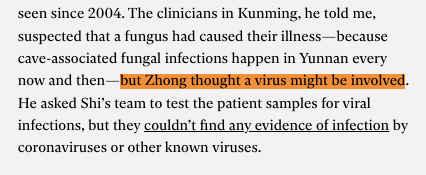
By the way I already highlighted the wording and the contradictions between ZNS diagnosis and the local diagnosis, in this piece a year and a half ago:
gillesdemaneuf.medium.com/wiv-ecohealth-…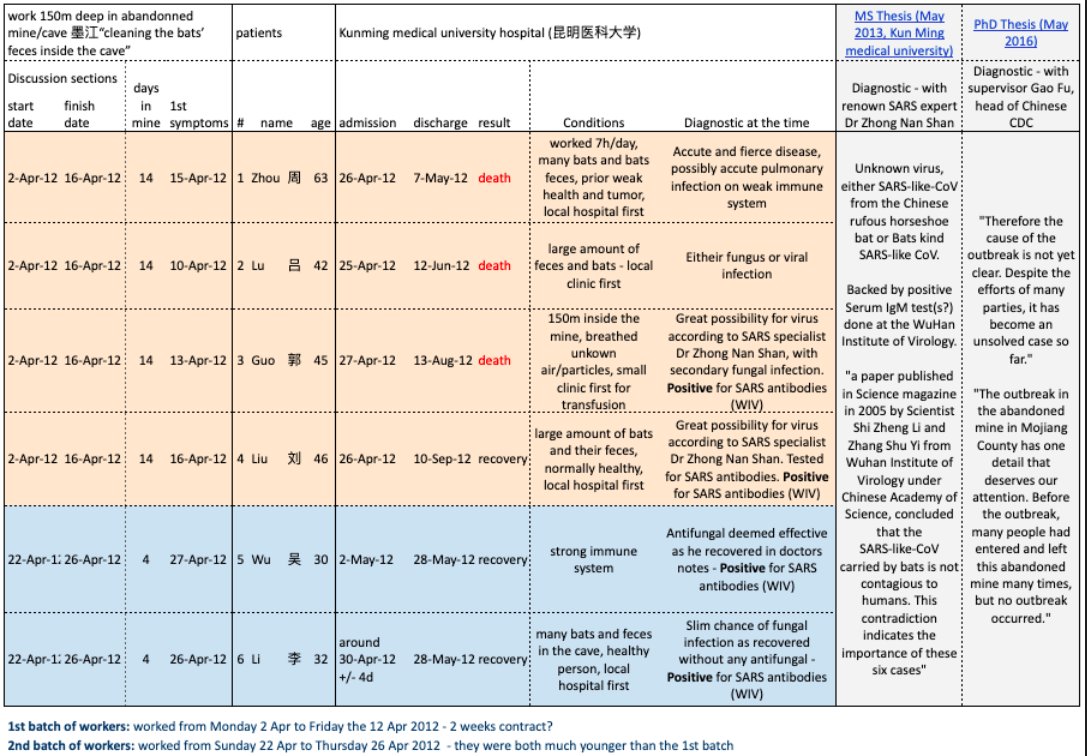
I also brought attention to the very end of the MS Thesis, which for some reason you did not mention.
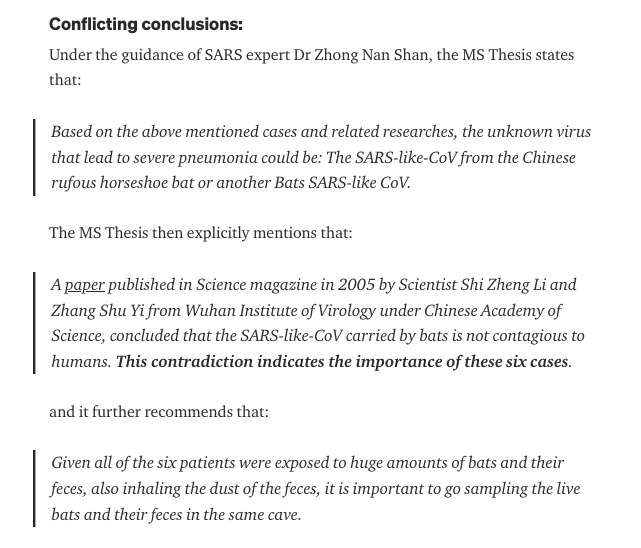
Zhong Nan Shan was 100% spot on:
- Yes, the high probability of viral infection was a key contradiction with a previous paper by Shi.
- Yes, Shi then quickly went and sampled the Mojiang mine - taking the clue.
- Yes, EcoHealth Alliance quickly did some bat feces studies.Instead of discussing Shi's wardrobe, maybe you could have gone and ask Daszak what motivated EHA to quickly write a paper published in 2013 that showed a potential risk of infection from BatCoV in Thai bat guano, using frozen DARPA samples from 2006/7?
Then you could also have asked Daszak if he knew by any chance of the Mojiang mine accident when they wrote that paper.
(Accident never disclosed to international authorities against reporting obligations, despite being recorded by the Kunming CDC).
Also, please ask the MIT Technical Review to correct your pulled-from-thin-air February date for the main DB of the WIV being taken offline.
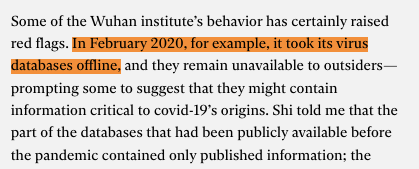
As you know well, the main DB went offline on the 12th Sep 2019.
And by the way your text about the public/private section of the DB is neither a confidence by Shi or a new piece of information.
DRASTIC has been saying so for ages and it was confirmed by Yuan Zhiming 6 months ago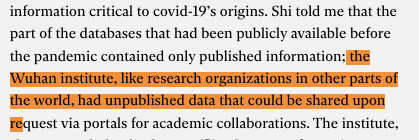
See:
bit.ly/3nF01M9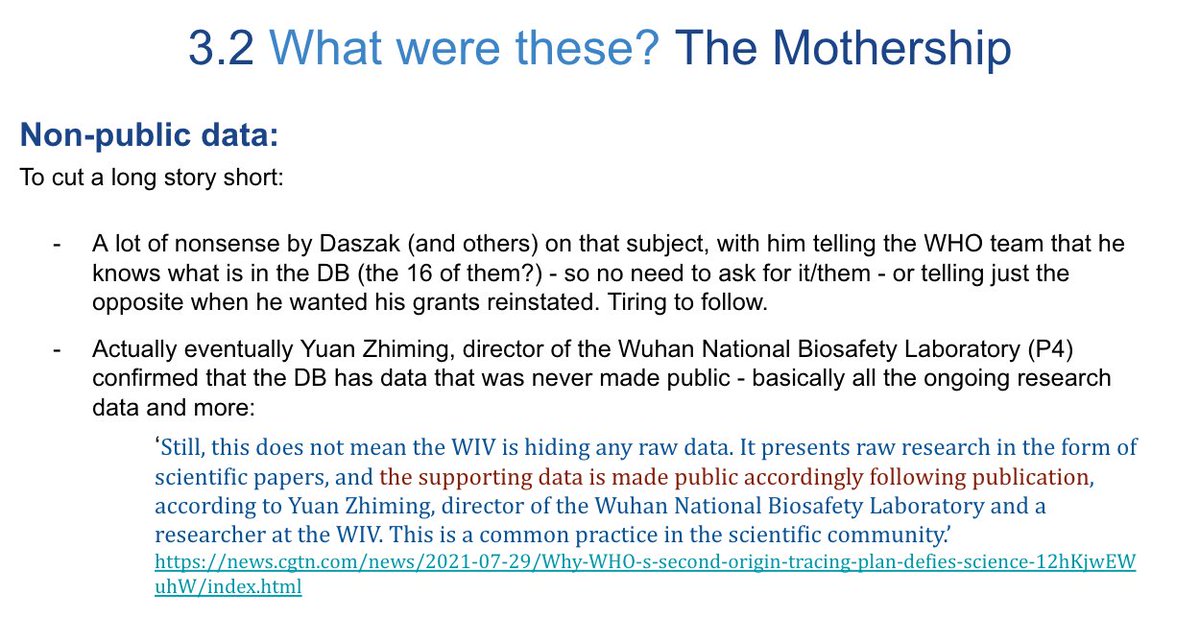
Last, maybe you could ask Shi if the WIV needs some IT help to put the DB back online
I can send them a hard drive if they cannot find one, so that they can share it with the international community
We don't want these 'technical issues' to get in the way of science, do we?
-
On OSINT, risk factors and competing origin hypotheses
When you are in a hole, @stuartjdneil, don't keep digging:
DRASTIC was looking at both dates (8 and 16th Dec), reflecting the difficulty of analysis.
Even before Worobey published his piece, which reused sources investigated by DRASTIC, I had put the two dates on the DRASTIC map I share, with the 16 first and the still official (8 Dec) behind, as 16(8?) Dec:
So again, you are proven totally wrong.
bit.ly/3q5DoSD
To be clear:
- @MichaelWorobey reused sources already investigated by DRASTIC.
- DRASTIC members had already mentioned the difficulty with the official date, and the 16 was clearly already shown on the map.
- Worobey got the dental records very wrongStill @MichaelWorobey - to his credit - did not actually state that the onset date of Chen was definitely the 16th Dec.
He left it open, with a lot of 'ifs' and still mentioning that Mr Chen suspected that he may have gotten sick during his hospital visit on the 8th.
Also @MichaelWorobey introduced a problematic statement about a 'travel North of Huanan market shortly before his symptoms began'.
This sentence insinuates that he could have been infected there by getting through or close to the market.
This is wrong and should be corrected.
He actually went to a very common attraction in the mountains 90 km by road north of Wuhan - absolutely nothing to do with the market.
All reference to the market in that context is misleading.
@thackerpd
-
Bayesian Analysis
As usual, great thread.
A proper fact-based rebuttal and none of the wishful thinking stacked on deception of @MichaelWorobey or @beyerstein.And on the very likely start of the outbreak from mid-Oct to mid-Nov 19 (something accepted by most of the scientific community):
Also just published:
"Liang Wannian takes aim at suggestions of strong evidence linking the market with early community transmission"
scmp.com/news/china/sci…I have been reminding everyone that both Chinese scientists (since Feb 20) and Oxford-educated Gao Fu have largely dismissed the market theory (in May 20 and again in July 21 for Gao):
In doing so Liang Wannian actually confirmed a conclusion of DRASTIC - something that @MichaelWorobey got wrong:
The dental report of the 8th is not for Mr Chen but likely for his child.
Why would Mr Chen still have baby teeth?
Did Michael check it with specialists, as we did?
As for the cold-like symptoms, DRASTIC is still divided. The language used in the various interviews and medical report is not very clear.
Somewhere between the 8th and the 16th for sure.
Anyway Mr Chen did not travel out of Wuhan (except to go to a scenic spot north of the city).
Nor did he shop in any wet market (RT Mart was a modern foreign-owned supermarket chain).
So the outbreak had clearly reached the other side of the city by the 16th Dec at the latest.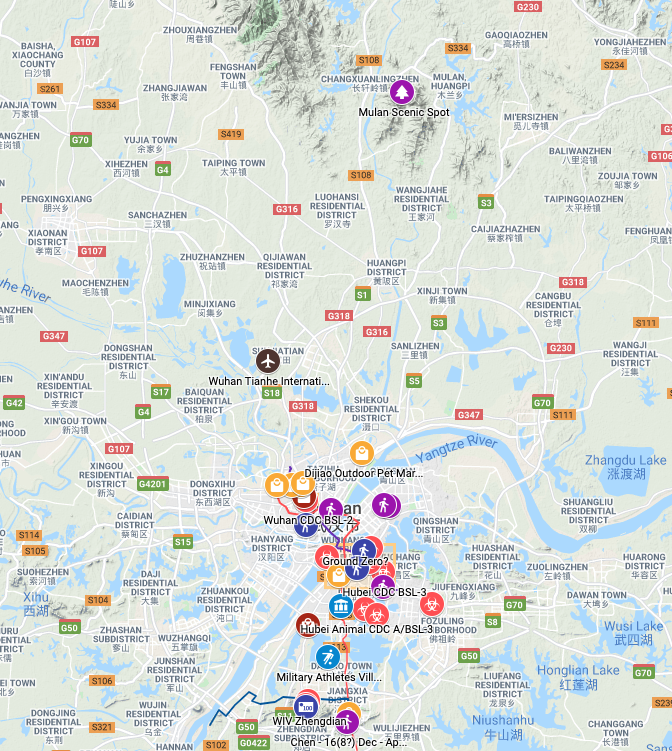
Which again makes a mockery of the theory that the first cases started in the market in the second week of December and then spread from there.
No, the outbreak most likely eventually reached the market a few weeks after starting in the city.
In particular one should check the Wuhan Uni ABSL-3.
There is a possible ground zero around there.
Wuhan Uni ABSL-3 worked with primates and humanized mice with the WIV on EcoHealth funded projects.
Last ,those who keep saying that SARS-CoV-2 lab infections don't occur can go on a hike, as the Taiwan P3 (Dec 21) and the Beijing P3 (Jan or Feb 20) show.
-
This story of a possible Lab Acquired Infection in Taipei is a clear conspiracy theory
This story of a possible Lab Acquired Infection in Taipei is a clear conspiracy theory.
Let's stand against disinformation and politicization of health issues.
taiwannews.com.tw/en/news/4371080Compared to the millions of interactions with bats every year, work in labs concerns only a tiny number of people.
Only conspiracy theorists like the DRASTIC far-right bunch can pretend otherwise. These guys are not scientists.
www.science.org/content/article/sars-viruses-may-jump-animals-people-hundreds-thousands-times-yearIn any case Taipei is home to large populations of bats.
Ignore the trumpist rabid conspiracists.
Instead if we want to look at the origins of that latest outbreak in Taipei, we need to urgently sample the bats in the city.
taiwannews.com.tw/en/news/3882007One Health has been predicting such a zoonotic spillover event for ages.
We should spend more effort rolling out One Health to Taipei instead of being distracted by the silly theories of a bunch of anonymous internet sleuths.
Also just next door to the Academia Sinica P3 lab, there are hiking trails and forests where you are much more likely to come into contact with bats than it a highly safe P3
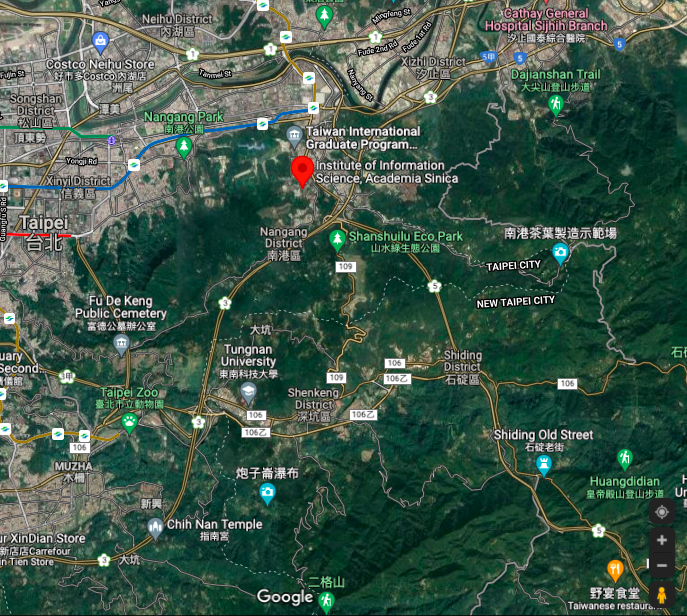
Then you have various markets within less than 1km from the labs.
That's where we need to go and sample.
And even if we find no infected animal there, it is clear that this is a much more likely source of infection.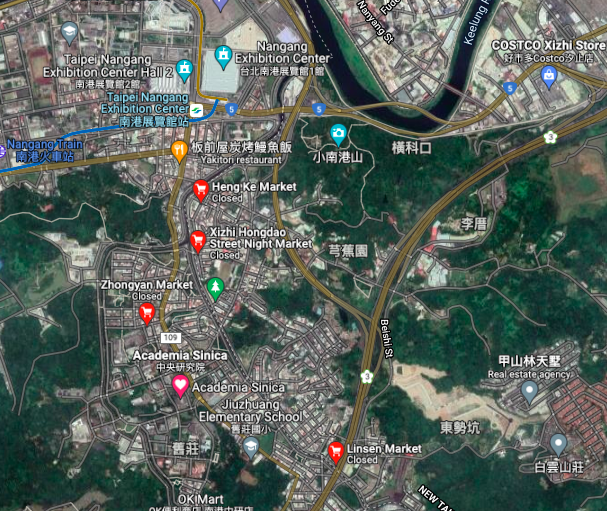
First suspect should be the Linsen market, within 1 km form the P3 lab.
It looks very much like a famous market in Wuhan.
They sell meat, fish, dry products. They even have stray animals.
Very suspicious.
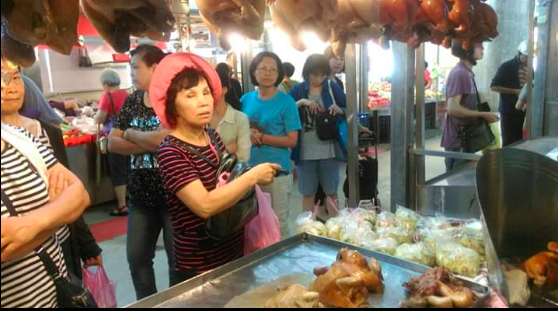
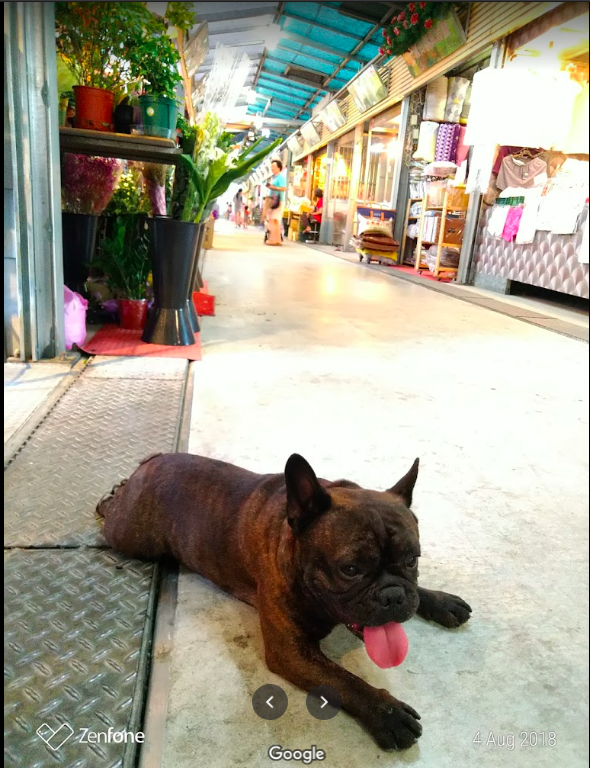
Then there is even a COSCO not that far.
Looks very much a famous RT Mart in Wuhan where some Mr Chen got likely infected in early December.
Maybe they even sell lobsters from Maine. It's worth checking and including this in the conclusion of any investigation.
Conspiracy theorists jump on coincidences.
Those anonymous DRASTIC 'sleuths' are a dangerous bunch that should be ignored - they have been fully debunked.
The lab-leak theory is just racist nonsense when there are so many well known zoonosis risks.
newrepublic.com/article/164688/viral-lab-leak-theory-covid-19
subscribe via RSS
